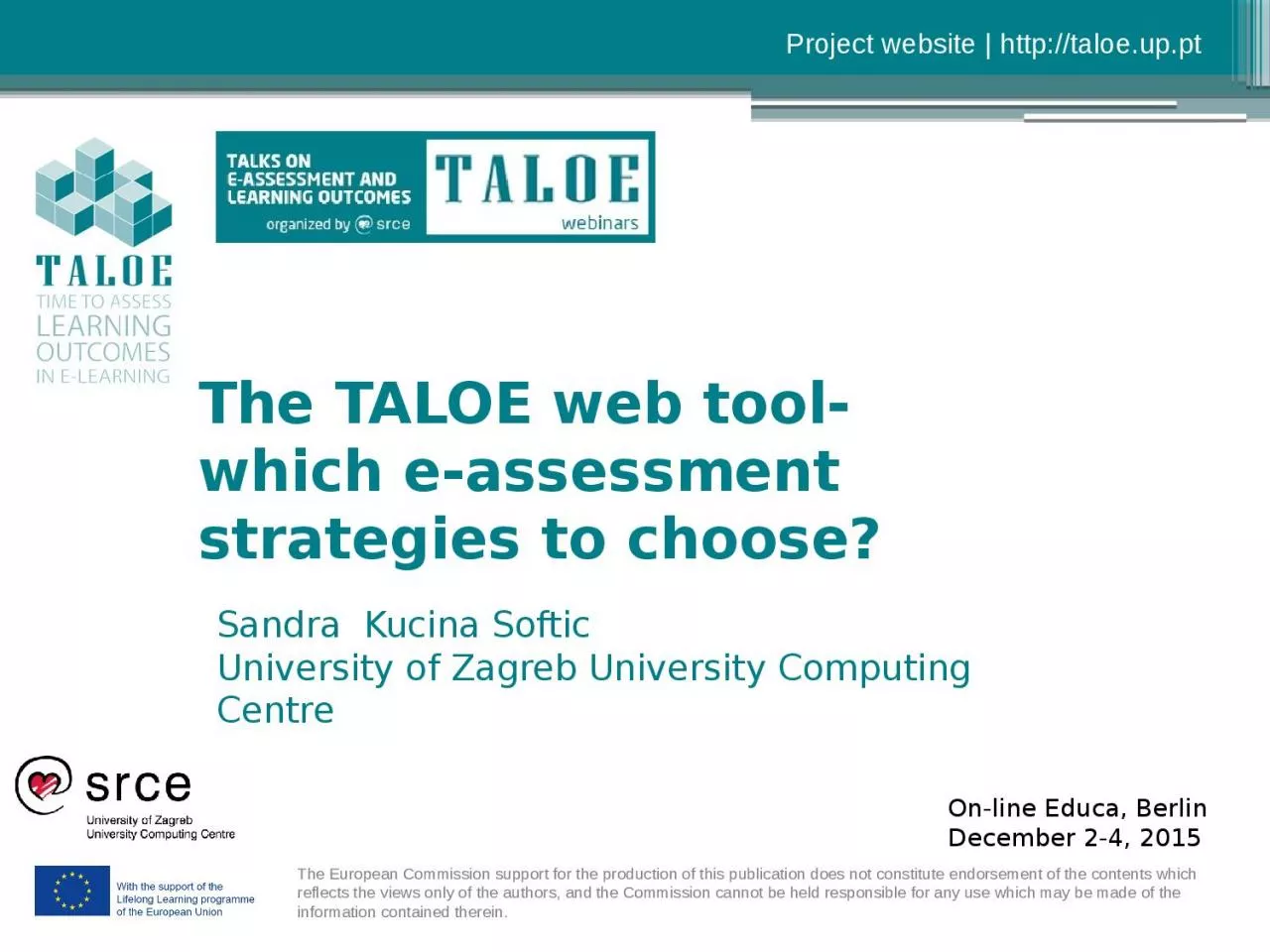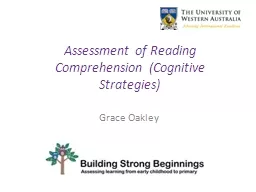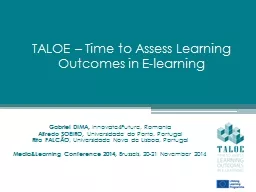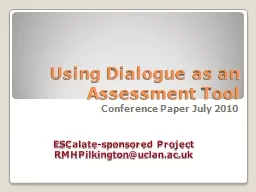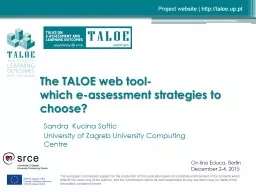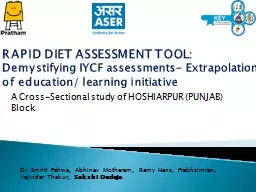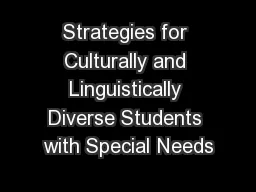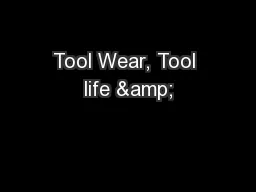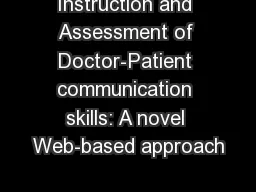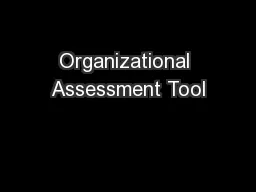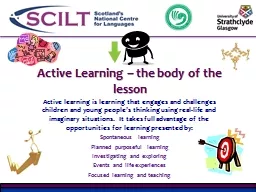PPT-The TALOE web tool- which e-assessment strategies to choose?
Author : escapistlego | Published Date : 2020-08-28
e assessment strategies to choose Sandra Kucina Softic University of Zagreb University Computing Centre On line Educa Berlin December 24 2015 What are
Presentation Embed Code
Download Presentation
Download Presentation The PPT/PDF document "The TALOE web tool- which e-assessment ..." is the property of its rightful owner. Permission is granted to download and print the materials on this website for personal, non-commercial use only, and to display it on your personal computer provided you do not modify the materials and that you retain all copyright notices contained in the materials. By downloading content from our website, you accept the terms of this agreement.
The TALOE web tool- which e-assessment strategies to choose?: Transcript
Download Rules Of Document
"The TALOE web tool- which e-assessment strategies to choose?"The content belongs to its owner. You may download and print it for personal use, without modification, and keep all copyright notices. By downloading, you agree to these terms.
Related Documents

